7 Weightlifting Benefits For Women Explained (& 5 Myths)
Author:
Reviewed by:
(21 years of Oly Lifting experience)
Unlock your full potential by engaging with our experts and community! Have questions about your fitness journey or looking for expert advice on weightlifting techniques? Don’t hesitate — leave a comment below and Sergii Putsov will provide a personalized answer and insights to help you reach your goals.
Torokhtiy is reader-supported. Some links are affiliate links, and we may earn a commission at no extra cost to you. See our disclosure page for details.
Woman lifting weight – is it normal? A lot of people still think it is so weird and even dangerous. In this article, we will give you good arguments why it is 100% natural, safe and beneficial. Let’s dive into a detailed review of what advantages Olympic weightlifting can give you.
You may have heard that Olympic weightlifting makes women look big, because it builds muscles, that it’s harmful, or even that stopping can cause muscles to transform into fat. That is all untrue. There are numerous advantages of weightlifting that will help one become healthier, stronger, and leaner.
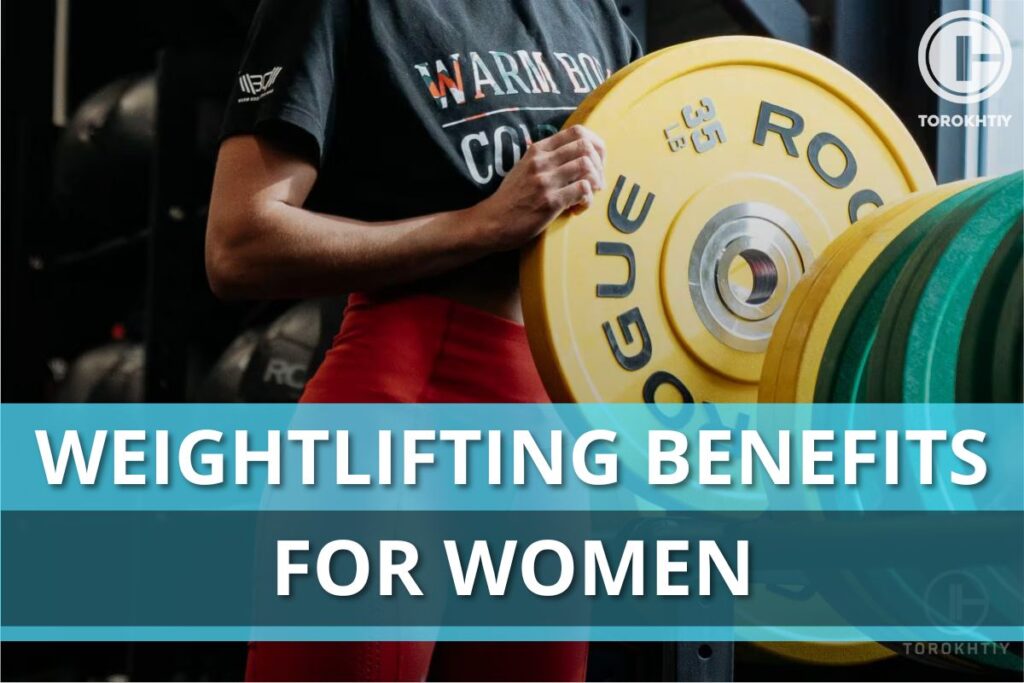
Strength Training Benefits for Women
Weightlifting is an Olympic kind of sport based on the exercise of lifting the bar in the overhead position. Women compete in 10 weight classes (from 45 kg to 89+ kg). The winner is determined by the kilograms total lifted in two exercises – the snatch and the clean & jerk. Athletes have three attempts in each exercise and one minute to complete each of them.
It must be said that not everyone is engaged in weightlifting for the sake of performing at competitions, victories and medals. A lot of girls do it for the sake of health and because it brings them pleasure. But the question “why women should lift weights” continues to be relevant for many, so let’s figure it out.
What Are Weight Training Benefits for Women?
1. Strengthens You
When you practice Olympic weightlifting, you get stronger. Getting stronger makes it much easier to perform routine tasks like chasing after your kids or carrying heavy groceries. Additionally, preserving lean muscle mass may even benefit endurance athletes by improving their performance in sports that require quickness, strength, and power.
2. Utilizes Calories Effectively
Your metabolism is increased by weight training in two different ways. First off, gaining muscles speeds up your metabolism. Since musculature has a better metabolism rate than fat mass, you may utilize more calories when you’re at rest.
You should also be informed that following weight training sessions, your metabolic rate will increase for up to 2-3 days. This shows that even after a weightlifting workout, you’ll keep burning calories for hours or days. Can aid in reducing abdominal fat and making one seem thinner.
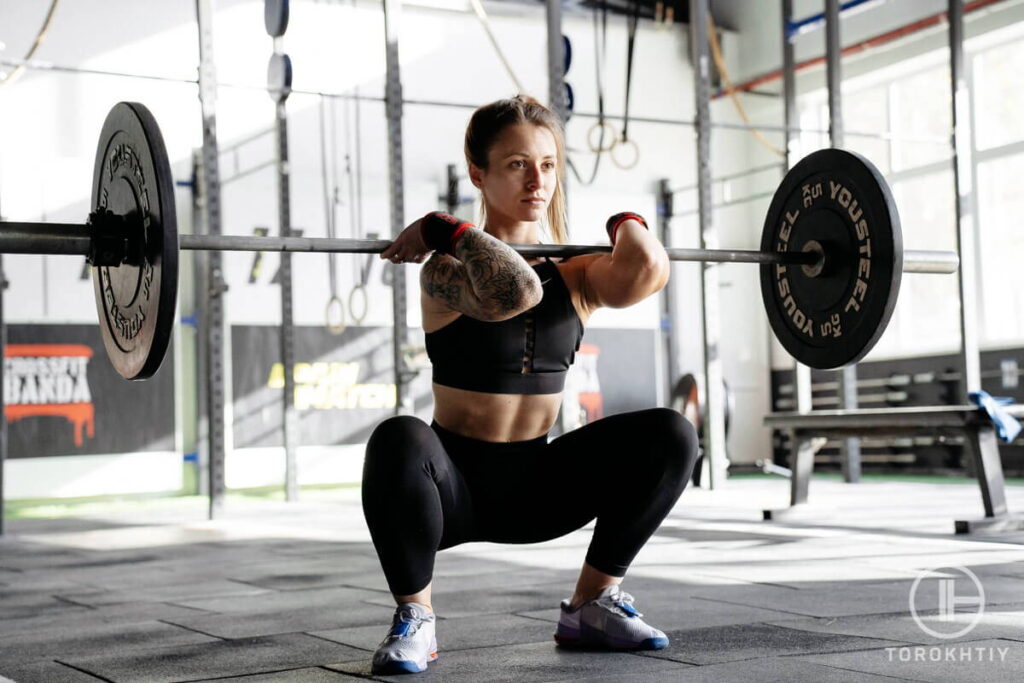
A higher risk of chronic diseases is linked to abdominal fat, particularly visceral fat (heart and liver disease, type 2 diabetes and certain types of cancer). The benefits of strength training for females who are eager to reduce fat have been demonstrated in several studies.
As you gain more muscles and lose more fat, you’ll become thinner. This is due to the fact that muscles take up less room on the body than fat does. As a consequence, even if your weight on the scale stays the same, your waist may shrink by a few inches.
3. Reduces The Chance Of Injury
A workout that includes Olympic weightlifting may lower injury risk. C&J and Snatch exercises increase muscle, ligament, and tendon strength, mobility and ROM. This can improve the muscles surrounding the hip, knee and ankle joints to provide you with more protection against injuries. Weightlifting can also be used to correct muscle imbalances. For instance, lifting heavy objects will less likely cause lower-back problems if your core, glutes, and hamstrings are stronger.
4. Enhances Heart Health And Manages Blood Sugar Level
Multiple studies have demonstrated that systematic weight training helps enhance the circulation of blood by strengthening vessels, lower bad & total cholesterol and blood pressure. Maintaining a healthy weight and controlling blood sugar can both be aided by weightlifting. Insulin sensitivity is increased in part by skeletal muscles. By directing glucose to muscles instead of the blood, it also decreases sugar levels.
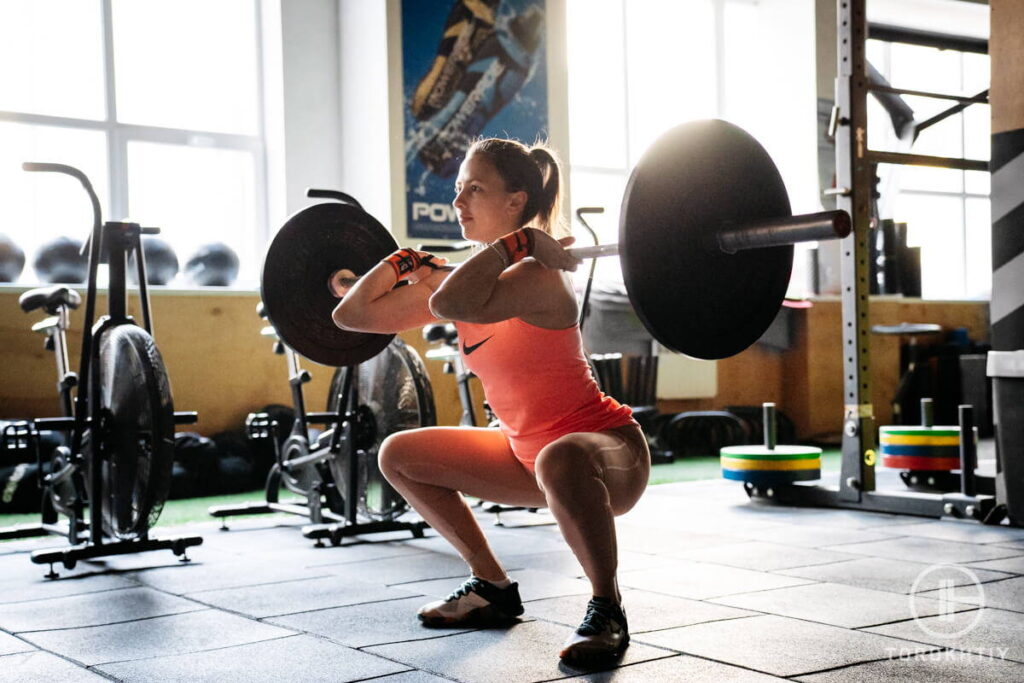
5. Makes The Brain Healthier
Strength activity may improve brain health and provide protection from age-related cognitive decline. Much research on older persons has shown that strength training significantly enhances cognitive performance (such as memory, processing speed and executive function).
6. Strengthens Your Bones
Strength training is essential for the bones. Exercises such as pulls and squats temporarily stress and strengthen your bones by telling your body’s bone-building cells to get to work. Your risk of fractures, osteoporosis and crashes is decreased by having strong bones, especially as you become older.
7. Boosts Self-Esteem And Mood
Competitive weightlifting may give one’s confidence a significant boost. Overcoming obstacles, striving for a target, and appreciating the power of your body are all beneficial. In addition, it can boost your self-efficacy, which is a key component of confidence. Self-efficacy is the conviction that you can do a job. Additionally, consistent weightlifting may elevate mood and enhance mental wellness.
That is why those benefits of weightlifting for females are so great!
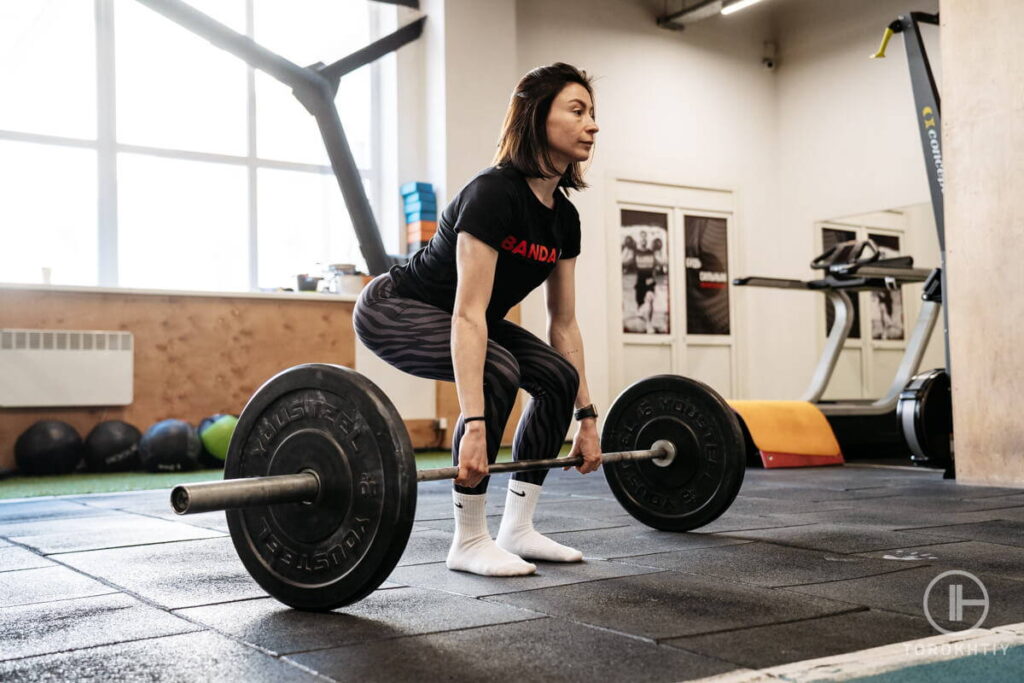
Female Weightlifting Myths
It’s not simply for males to lift weights in snatch and clean and jerk exercises. The idea that weightlifting will make women overweight or put them at risk of injury is a misconception. I hear the query, “Is Olympic weightlifting totally safe for girls?” rather frequently. “A well-designed workout program is definitely safe” is the response to this query.
Despite this, many people believe that lifting weights is bad for health of women.
1. Too Many Muscles
‘Will I grow bulky and gigantic if I start lifting?’ is the most often asked question from girls in the Olympic weightlifting. The short and direct response is “no”! If you will see a lady who is exceptionally strong and has a very low body fat percentage, then believe me when I say that she has hard worked very hard with a clear aim in mind: to grow muscles and look exactly like that. Keep in mind that this does not occur quickly or at random. If you train smartly and eat properly, you won’t just avoid gaining weight but also lose it, as dealing with weights is a key strategy in the fight against obesity.
2. Huge Weights For Every Exercise
When girls first begin weightlifting, one of the barriers is witnessing elite female athletes lift enormous weights and feeling that they must hurl themselves beneath the tremendous weight. All of your “weightlifting” should resemble practicing movement fundamentals with a plastic pipe if the female is new to steel sports.
Later, it will be just the bar empty, and as you gain strength over years of training, maybe you’ll be able to lift a barbell that is similar to the weight of your body. The idea is to get moving more, enhance coordination, and build up your muscles.
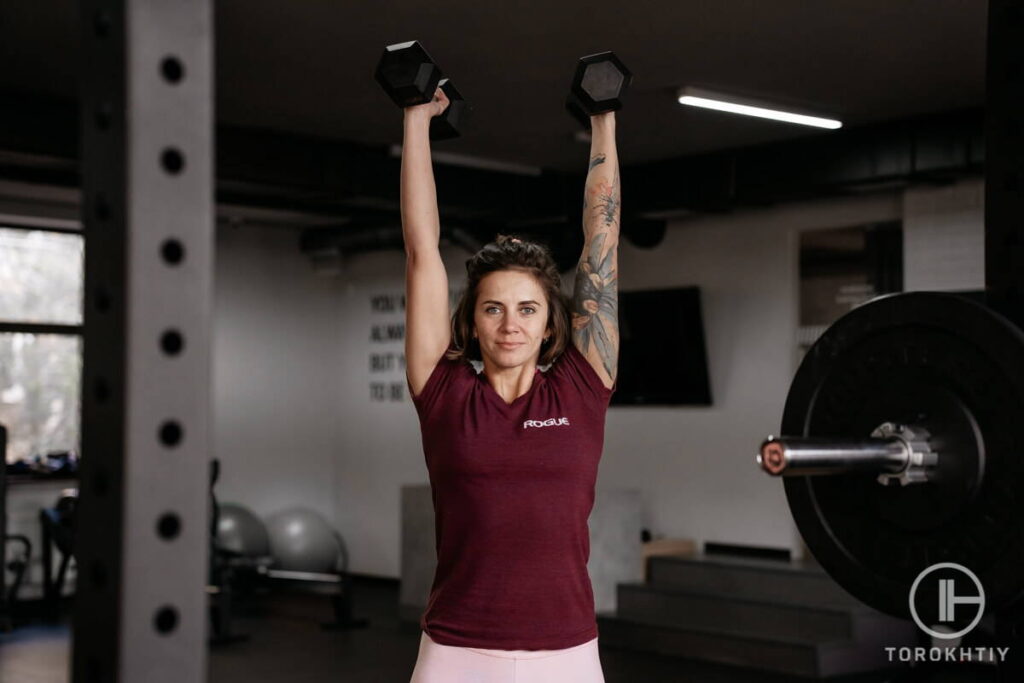
3. Lower Back Injuries
Weightlifting does not threaten the back. Weight lifting exercises are carried out using a technique that distributes the weight to prevent overloading the spine while making safe use of leg & back muscles. The stabilizing muscles of the torso must also be strengthened as part of weight lifting exercises. In reality, ladies may lift weights without any physiological obstacles. Because are more flexible by nature than males, women can exercise more efficiently and economically.
Follow us!

Free!
Get a 2-week Weightlifting Program as a bonus for the subscription to kickstart your training plan!

Free!
4. Inadequate Aggressiveness
Do not be concerned that a female weightlifting regimen would convert females into aggressive individuals. Yes, engaging in any type of sport develops “competition characteristics.” In general, it is common to simply be able to focus and retain composure in difficult situations. It improves lifestyle and teaches people how to manage stress in a positive way.
Now you should agree that those are great benefits of weight training for women. And the key reason why so many women go to the gym is for this purpose.
5. Pathology Of Infertility
Weightlifting does not make a woman infertile. The regularity of a woman’s menstrual cycle or her ability to give birth are unaffected by exercise. The smart distribution of weight loads, together with the standard of the food and rest, are the main determinants. Physically active women are more likely to have easier pregnancies and good birth rates.
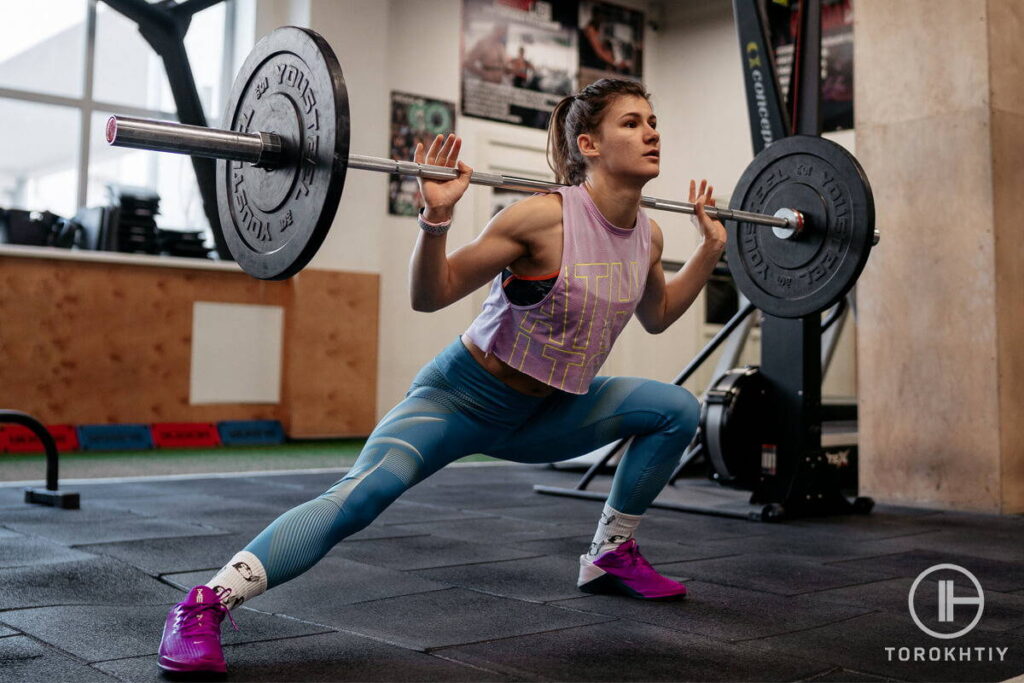
How to Improve Lifting Weights as a Female?
In this block, we will focus on aspects and methods that will help in qualitative progress, both for beginner girls and PRO-level athletes.
1. Know Features Of The Menstrual Cycle
The menstrual cycle lasts about 21-35 days and consists of 5 phases: menstrual (from 3 up to 5 days); postmenstrual (7 to 9); ovulatory (about 2-3 days); postovulatory (7 to 9 days); premenstrual (3-5).
Women’s performance changes significantly during these phases. When planning a program for both beginners and professional athletes, this must be taken into account.
In the ovulatory period, the performance is the lowest, so during this period it is necessary to reduce the load, on the muscles of the abdomen and legs especially. Also, due to the low concentration, it is not recommended to learn new elements of technique. It is acceptable to perform exercises with light weight or to work out particular phases of movements with light or medium load.
The highest performance is observed in (5-11 days) after the end of both menstruation and ovulation on the 16-25th day of the cycle. The 2nd part of the cycle is the best period for the development of flexibility & strength. As for training during menstruation, it is recommended to cut the amount of strength training.
According to many studies, as a consequence of long-term adaptation, professional athletes often do not notice a pronounced change in their working capacity. Therefore, it is up to each person to decide whether to complete the training volume in full or in reduced mode.
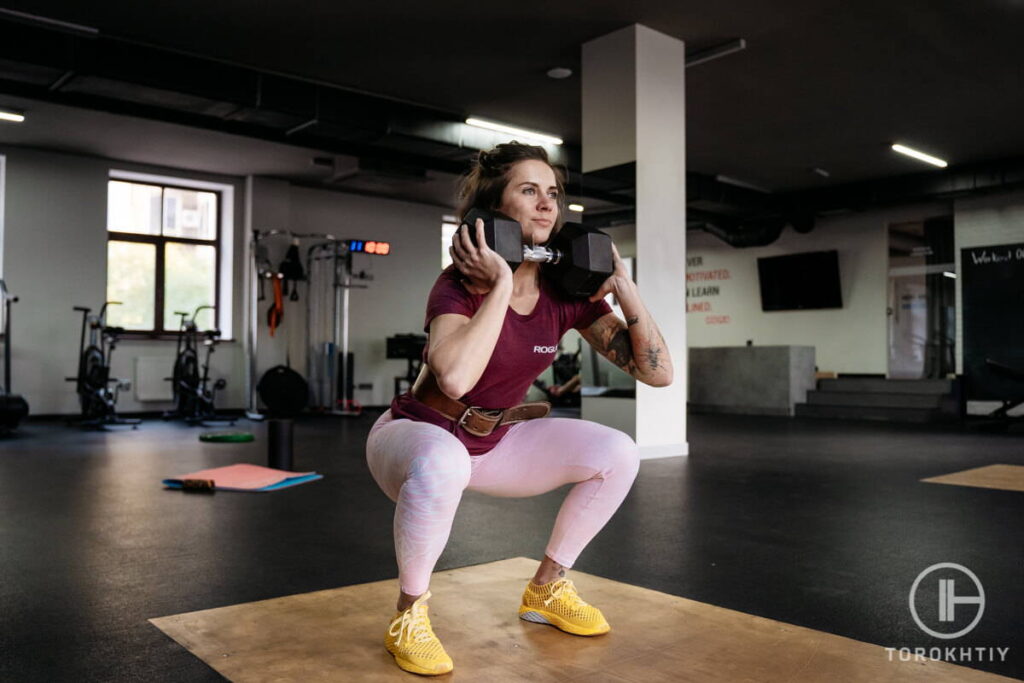
2. More Arm Strength Exercises
Female athletes have comparatively weak muscles of the upper body and core, their maximum strength is 39-70% of men, and the max legs strength is only 28% less. The ratio of fast and slow fibers in untrained women and men is the same, although the length of muscle fibers in women is on average less than in men.
Therefore, in the preparatory period of the girls’ training programs, it is recommended to increase the volume of press variations (military / sitting / push presses), as well as bodyweight exercises (push-ups, pull-ups) to strengthen the upper body muscles and their stabilizers. This aspect of building loads is taken into account in the new FEMALE 2.0 competition program, learn more – HERE.
3. Use Peculiarities Of The Neural System
The nervous system of women has a higher excitability than that of men. Therefore, advanced female weightlifters are almost daily able to lift more than 90% weight in C&J and snatch exercises, which men are practically not capable of. This feature allows girls to increase the intensity of training, and, therefore, progress more dynamically. But here we must not forget about the variability of loads and recovery, so as not to provoke the risk of injury.
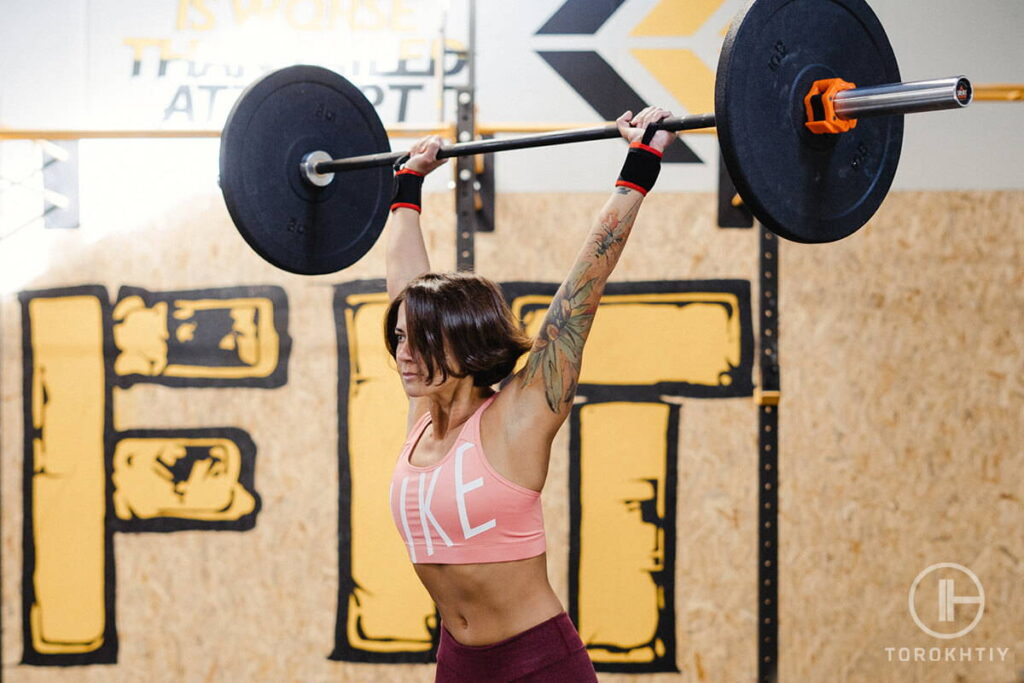
4. Consider Fatigue Resilience
The type-1 muscle fibers are often bigger in females. It makes it possible to endure metabolic stress better than males can. This implies that women perform better and more consistently because they are more fatigue-resistant. It implies that women can rest for shorter amounts of time in between sets.
In comparison to a male weightlifter, women can do the snatch for a triple, rest for a minute, then perform a double, rest for a minute again, perform a single, and rest for 90 sec before repeating all of this again. Additionally, it implies that women are more adept at technical work and can deal with often switching weights.
5. Mind The Characteristics Of Hormonal Physiology
Women’s higher levels of estrogen enable them to manage more training volume and respond better to slow-tempo work. This hormone plays a critical role in maintaining protein synthesis and in the growth of lean muscle mass. Because of the greater amounts of estrogen in women, muscle regeneration is also more efficient in addition to preventing protein breakdown during lifting.
They’ll better react to slower eccentrics in various squat, pull, snatch and clean exercises. Positional exercises with pauses at different knee levels, mid-shin and so on, will also work well for women. Women ultimately respond better to slower tempos, which results in better movement.
You can find a solid training solution with new Olympic Weight Lifting Program for Women – FEMALE 2.0
FAQ
How Often Should Females Lift Weights?
It depends on the athlete’s level and goals. If we speak about recreational weightlifting and “fun mode” – 3 days a week is all you need, but keep in mind your routine must include not only lifting, but mobility and cardio exercises as well. For advanced and pro Olympic weightlifting athletes’ total amount of training sessions can be up to 5-9 and more per week.
How Does Weight Training Change a Woman’s Body?
Weight lifting training for women is crucially significant due to the numerous advantages, which include stronger bones, a quicker metabolism, maintaining muscle mass, and lowering stress levels. But keep in mind to begin gradually and exercise carefully while being guided by a qualified coach.
Can Weightlifting Affect the Menstrual Cycle?
Most scientific research shows that Olympic weightlifting is safe and doesn`t affect the menstrual cycle if loads are designed taking into account training periodization and recovery. Additionally, nutrition and routine play a big part in supporting overall female well-being.
Conclusion
Coaches and athletes alike need to pay more attention to the unique aspects of female physiology and training, given that more and more females are starting to participate in Olympic weightlifting. After all of that, we ask to share your thoughts on the advantages of strength training benefits for women. Please leave us some helpful advice in the comments.
Also read:
Why Trust Us?
With over 20 years in Olympic weightlifting, strength training, nutrition coaching, and general fitness our team does its best to provide the audience with ultimate support and meet the needs and requirements of advanced athletes and professional lifters, as well as people who strive to open new opportunities and develop their physical capabilities with us.
By trusting the recommendations of our certified experts in coaching, nutrition, and sports training programming, as well as scientific consultants, and physiotherapists, we provide you with thorough, well-considered, and scientifically proven content. All the information given in the articles concerning workout programming, separate exercises, and athletic performance, in general, is based on verified data.
The product testing process is described in more detail here.
Author: Sergii Putsov
Head of Sport Science, PhD
Best Results: Snatch – 165 kg,
C&J – 200 kg
Sergii Putsov, Ph.D., is a former professional weightlifter and National team member, achieving multiple medals in the 94 kg weight category at national competitions. With a Master’s degree in “Olympic & Professional Sport Training” and a Sport Science Ph.D. from the International Olympic Academy, Greece, Sergii now leads as the Head of Sport Science. He specializes in designing training programs, writing insightful blog articles, providing live commentary at international weightlifting events, and conducting educational seminars worldwide alongside Olympic weightlifting expert Oleksiy Torokhtiy.
Reviewed by: Oleksiy Torokhtiy
Olympic Weightlifting Champion, PhD in Sport Science
Best Results: Snatch – 200 kg,
C&J – 240 kg
Oleksiy Torokhtiy is a professional athlete boasting 20 years of experience in Olympic weightlifting. With multiple European and World titles under his belt, he has showcased his prowess in two Olympic Games (Beijing 2008 and London 2012). Upon concluding his illustrious career, Oleksiy dedicated himself to coaching. By 2022, he had conducted over 200 weightlifting seminars worldwide. He is the visionary behind an international sportswear and accessories brand known for its motto, “Warm Body Cold Mind.” Additionally, he is an esteemed author and the creator of a series of training programs and eBooks.




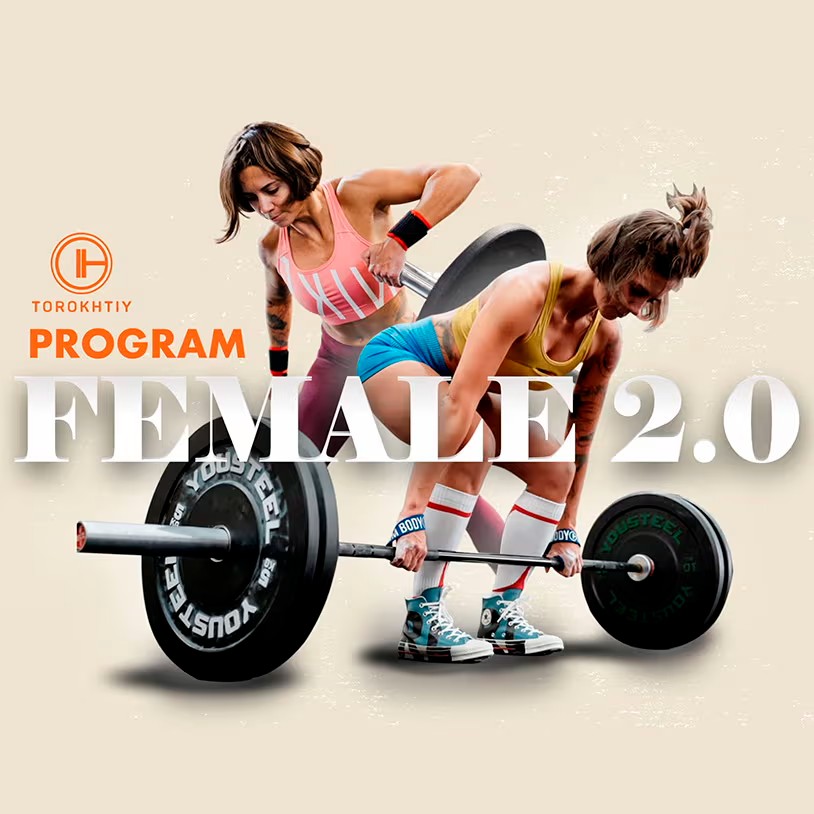
Still have questions after reading our article? Unlock your full potential by engaging with our experts and community! Don’t hesitate — leave a comment below and Sergii Putsov will provide a personalized answer and insights to help you reach your goals.